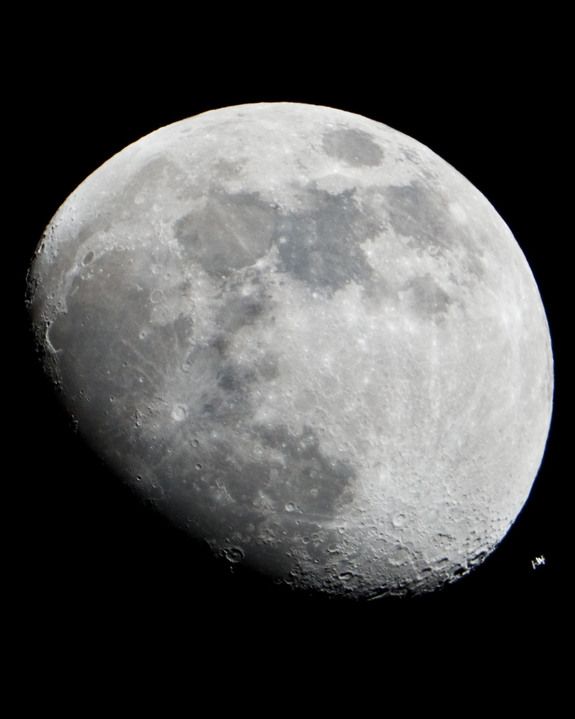Saturday's Supermoon: Facts, Myths and Observing Tips

[Find out when is the next full moon.]
The biggest full moon of 2012 — dubbed a "supermoon" by some — will light up the evening sky Saturday. Anyone with clear skies and a view to the East should get a good view of the seemingly large full moon as it rises.
The term supermoon (or super moon) has become popular in recent years to describe a situation when the full moon occurs at or near the time when the moon is closest to Earth on its noncircular orbit. This close approach, called perigee, puts the moon at 221,802 miles (356,955 kilometers) away.
The setup for this weekend will have the moon some 14 percent larger than normal and 16 percent brighter than an average full moon.
The moon will be full officially at 11:35 p.m. EDT Saturday (May 5). But it will appear full for many hours on either side of that exact moment. And the most interesting time to see the full moon is when it rises, which occurs around sunset, regardless of where you live.
Here are some interesting facts and myths surrounding this supermoon:
It will seem huge as it rises. Scientists don't really know why, but the moon appears larger to us when it's near the horizon. This moon illusion is in our minds, they say. You can prove it's an illusion: Hold the eraser of a pencil, or some other small object, at arm's length and compare it with the size of the moon as it rises. Do the same thing later in the evening when the moon is high up. You'll measure no difference.
Sign up for the Live Science daily newsletter now
Get the world’s most fascinating discoveries delivered straight to your inbox.
It won't destroy Earth. The gravitational tug on Earth when the moon is closer, and when the Earth, moon and sun are all aligned during the full moon, even a supermoon won't break Earth. "Both the moon and sun do stress the Earth a tiny bit, and when we look hard we can see a very small increase in tectonic activity when they're aligned," explains John Vidale, a seismologist at the University of Washington in Seattle.
The supermoon will outshine a meteor shower. The annual Eta Aquarid meteor shower peaks this weekend. But the supermoon will outshine all but the brightest shooting stars. Bright fireballs might still be visible.
Photos lie. If you see some full moon photos in which the moon seems to be many times its normal size, looming over a mountain or through the trees, that's an effect of using a telephoto lens or a telescope.
The supermoon is getting a lot of hype, but in fact any full moon is worth a look — a chance to swoon with a loved one or just enjoy the beauty of the cosmos. And if you miss the event Saturday, check the moon out as it rises Sunday evening, a little after sunset. It will look almost nearly as full, and just about the same in size and brightness.
Follow LiveScience for the latest in science news and discoveries on Twitter @livescience and on Facebook.
Robert is an independent health and science journalist and writer based in Phoenix, Arizona. He is a former editor-in-chief of Live Science with over 20 years of experience as a reporter and editor. He has worked on websites such as Space.com and Tom's Guide, and is a contributor on Medium, covering how we age and how to optimize the mind and body through time. He has a journalism degree from Humboldt State University in California.










